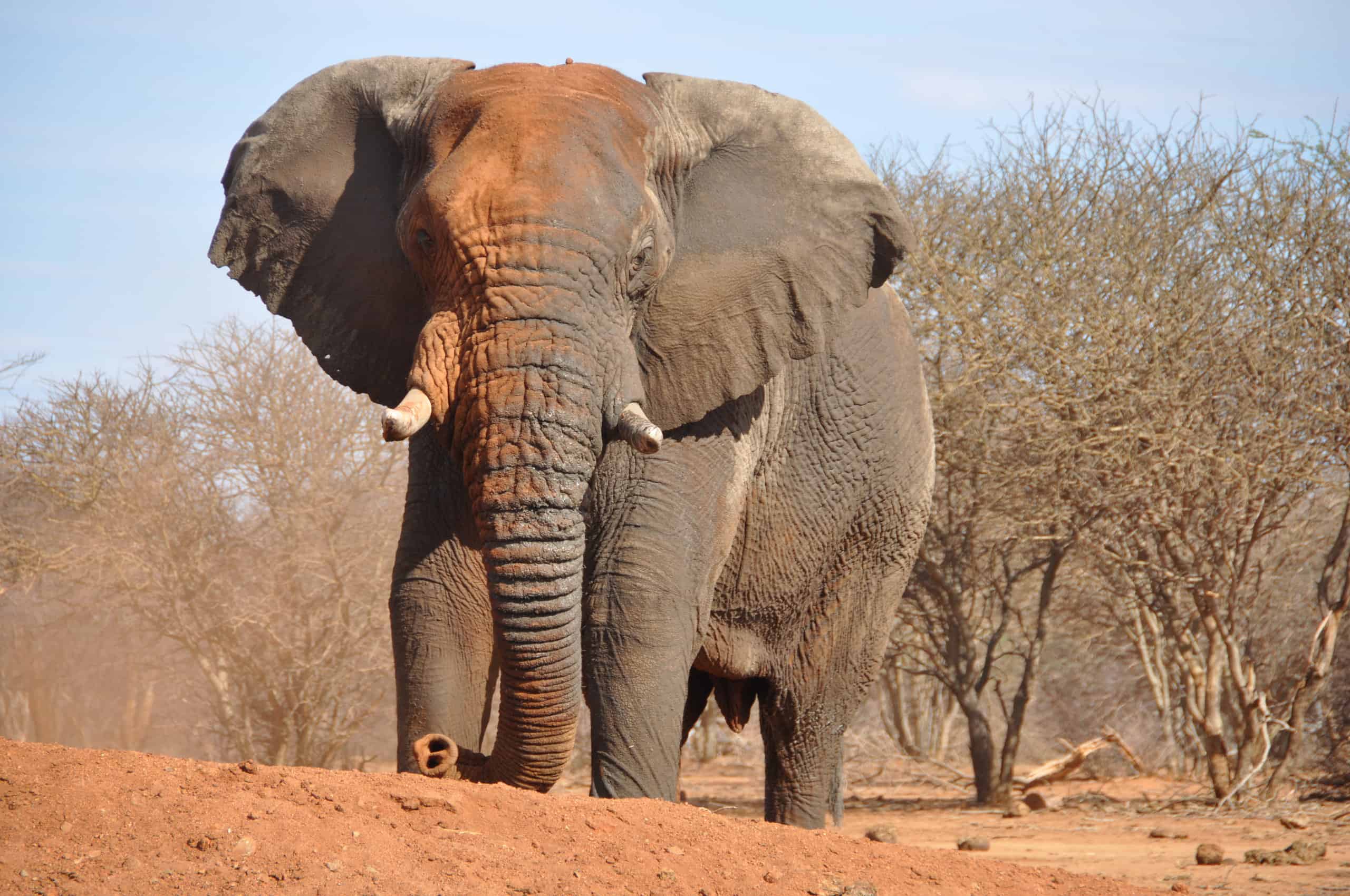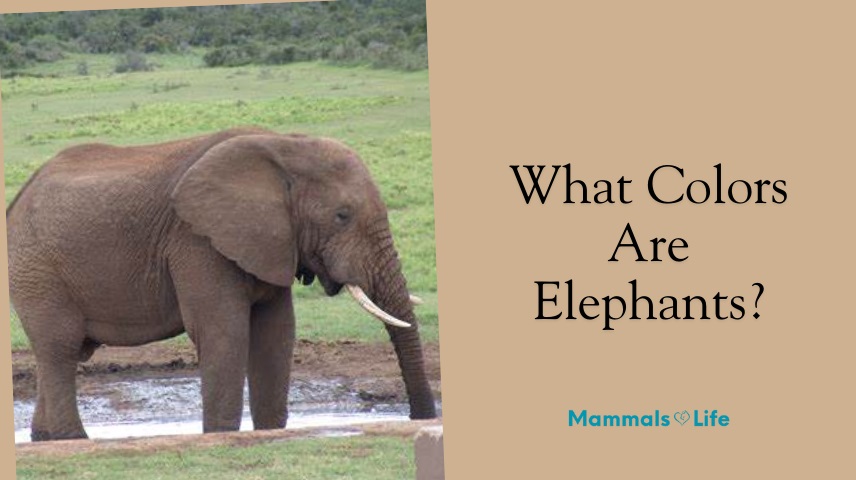Elephants are known for their impressive size and intelligence. Their color is just as fascinating.
Believe it or not, elephants come in more shades than just the expected grey. These majestic creatures display a range of colors that may surprise you. From the dusty plains of Africa to the lush forests of Asia, the colors of elephants are not only about aesthetics but also about adaptation and survival.
Their hues can tell a story about their habitat, age, and even their behavior. Join us as we explore the diverse palette of these gentle giants. Get ready to discover the amazing spectrum of colors elephants can be, and why their specific coloration is vital to their way of life.
The Color Spectrum Of Elephants
Elephants are big and beautiful. African elephants are a deep gray color. Their skin is thick and wrinkly. This helps them stay cool.
Asian elephants have a lighter gray skin. They may even look a bit pink. Small hairs cover their skin. These hairs are sparse but important.

Credit: www.britannica.com
Beyond The Surface: Skin And Dust
Elephants are not just gray. They love dust baths. These baths change their color. Dust sticks to their skin. This acts like camouflage. It helps them blend in.
In wet conditions, elephants look darker. Their skin gets wet and mud sticks to them. This can make them seem almost black. It’s all about where they live and the weather.
Albinism And Rare Pigmentation
White elephants are very special and not seen often. They are considered sacred in some cultures. This means people think they bring good luck. White elephants have a condition called albinism. This makes their skin much lighter than usual.
Another interesting fact is about genetic anomalies. These are rare changes in genes. They can cause unusual colors in elephants. Not just white, but other rare colors too. Scientists study these rare elephants to learn more. It helps them understand how genes work.

Credit: www.reddit.com
Perception And Reality
Elephants are big and beautiful. Most are gray. But not all of them. Some seem brown or reddish. This is because of the soil. They take baths in mud and dust. So, they change color a bit.
What we see in pictures can trick us. Cameras capture colors differently. Sometimes, elephants look lighter or darker on screen. It’s not always true to life. Remember, lighting changes how we see colors too.

Credit: a-z-animals.com
Conclusion
Understanding elephant colors enhances our appreciation for these majestic creatures. Elephants are mostly gray, with shades varying by species and habitat. Young elephants may show a reddish-brown hue from mud baths. Albinism, though rare, presents a unique white elephant. Remember, their color plays a crucial role in their survival, from heat regulation to camouflage.
Cherish these gentle giants and their natural beauty. Let’s protect their habitats for future generations to see and learn. Their color story is as fascinating as their grand presence on our planet.








